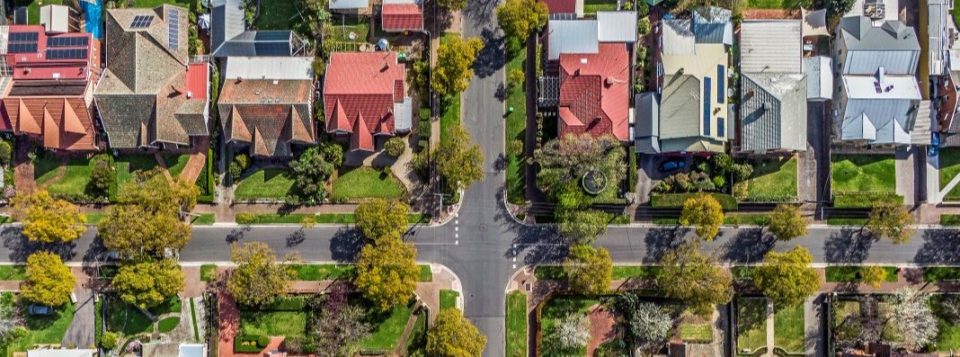The combination of falling asset prices and lower loan-to-value ratios has profound impacts, reducing the availability of debt and driving a widening funding gap in real estate credit markets.
- This shortfall in capital is difficult to measure directly, but given recent transaction and lending market trends, we would estimate a funding gap widening to A$5.3 billion in 2024, reflecting the dual effects of falling collateral values and more conservative lending standards.
- The extent of this credit squeeze is likely to vary across sectors, being more muted in prime industrial (where leverage is steady and bank appetite is still firm) and more pronounced in suburban office (where perceived risk is curbing both collateral values and leverage ratios).
- Importantly, we are still a long distance away from the vicious debt deflation cycle – most famously seen in post-bubble 1990s Japan – when real estate and listed asset values inflated (and deflated) a lot more and banks had considerably less tier-1 reserve capital backing.
Certainly, this funding gap emerged due to capital market drivers and may be reversed during a subsequent cyclical upswing. However, the timing of any reversals in asset values and lending standards are likely to be measured in years. In other words, this funding shortfall is likely to be a persisting feature across Australian real estate markets in 2024 and 2025.





